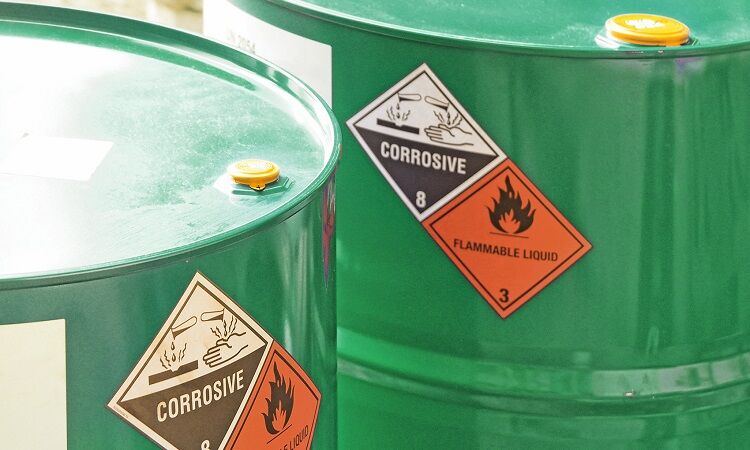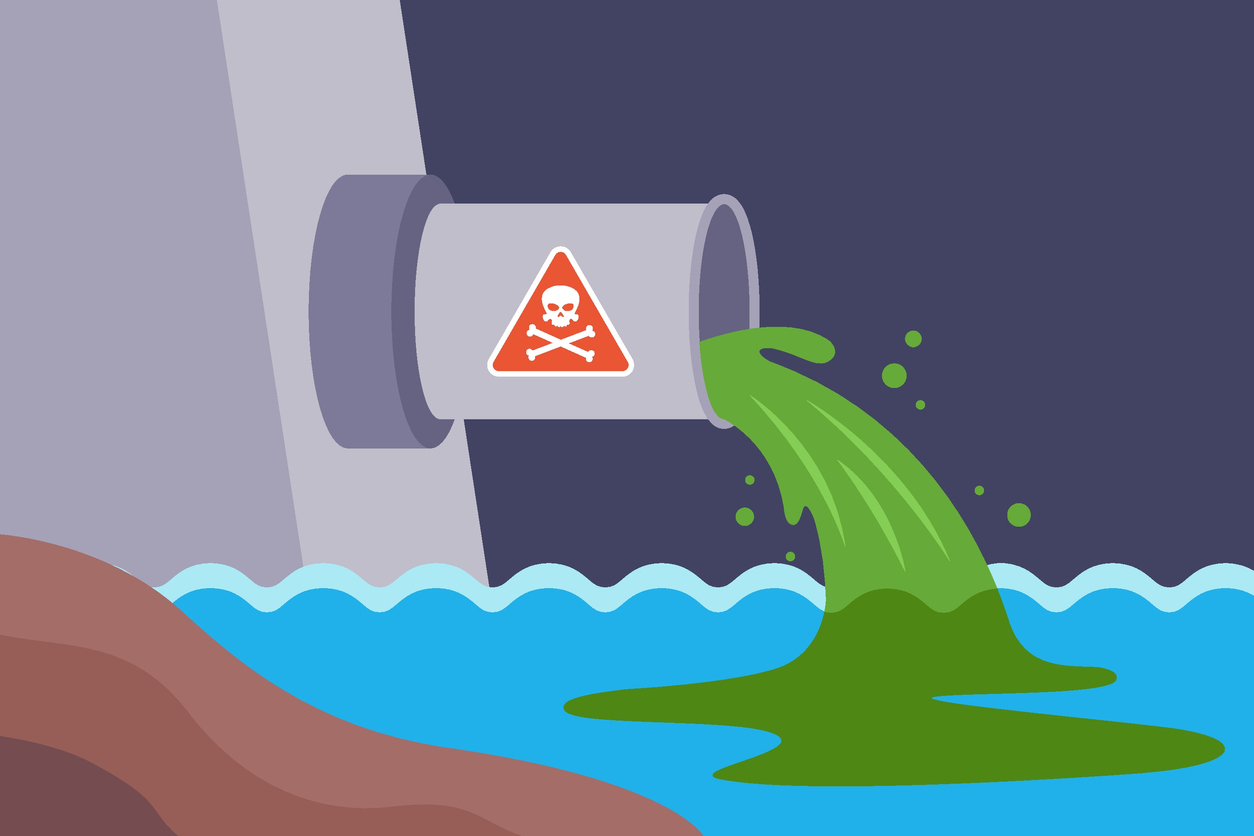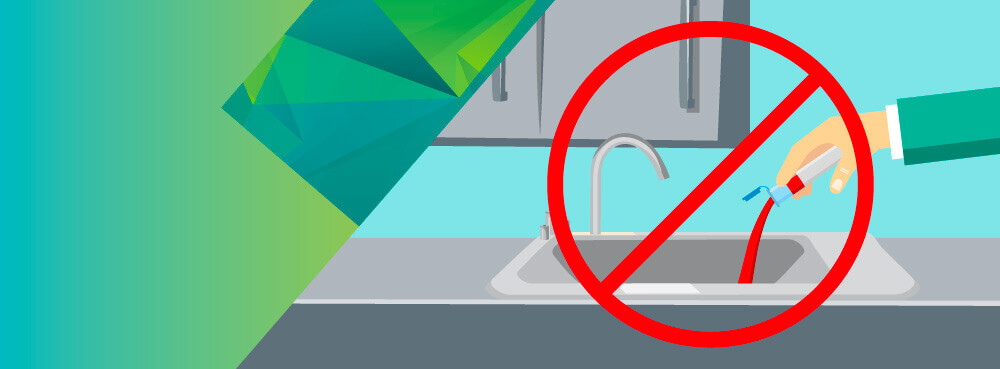Professional Liquid Waste Removal Melbourne: Maintaining Your Setting Tidy
Wiki Article
Exactly How Liquid Waste Disposal Works: A Detailed Review of Strategies and Technologies Used

Introduction of Liquid Waste Types
The complexity of fluid waste kinds necessitates a complete understanding of their features and implications for disposal. Fluid waste can extensively be classified into several kinds, including industrial, municipal, farming, and unsafe waste. Each category displays distinct buildings, needing certain monitoring strategies to alleviate ecological and health risks.
Industrial fluid waste stems from producing procedures and typically consists of a series of pollutants, such as heavy metals, solvents, and organic compounds. Local fluid waste, mostly consisting of wastewater from households and commercial facilities, includes natural issue, nutrients, and pathogens (industrial wastewater treatment). Agricultural fluid waste, consisting of runoff from ranches, may contain fertilizers, pesticides, and animal waste, posing dangers to water top quality and ecosystems
Unsafe liquid waste is defined by its poisoning, sensitivity, or prospective to create damage. This group consists of materials like acids, bases, and particular chemicals that necessitate rigid handling and disposal methods. Recognizing these diverse fluid waste kinds is essential for creating reliable disposal techniques and making certain compliance with environmental policies. Proper category and characterization are necessary for carrying out appropriate treatment techniques and lessening the negative influences on public health and the atmosphere.
Physical Therapy Techniques

Screening is the initial step, where larger fragments and particles are gotten rid of from the fluid waste using screens or grates. In sedimentation containers, much heavier fragments settle at the base, creating a sludge layer, while the cleared up fluid can be further treated.
Filtration is another vital technique that entails passing the liquid via porous materials, such as sand or membranes, to capture smaller fragments. This step improves the top quality of the liquid, making it suitable for subsequent therapy procedures.

Chemical Treatment Strategies
Chemical treatment methods are essential for effectively handling liquid waste, particularly in addressing liquified and colloidal impurities that physical methods might not properly remove. These techniques make use of different chemical representatives to neutralize, speed up, or transform hazardous compounds right into less damaging kinds.One usual approach is coagulation and flocculation, where chemicals such as alum or ferric chloride are included in promote the gathering of put on hold bits. This process enhances sedimentation, enabling for easier removal of the resulting sludge. Additionally, oxidation processes, utilizing representatives like chlorine or ozone, are employed to damage down intricate natural substances and microorganisms, providing the waste more secure for discharge or further treatment.
Neutralization is an additional critical strategy, which adjusts the pH of acidic or alkaline waste streams to neutral degrees, protecting against potential harm to downstream systems and the environment. Furthermore, progressed oxidation procedures (AOPs) make use of mixes of oxidants and ultraviolet light to deteriorate relentless toxins, achieving a greater level of treatment effectiveness.
Organic Therapy Processes
Biological therapy procedures play a critical function in the management of fluid waste by using microorganisms to break down organic issue and reduce impurity degrees. These processes can be broadly classified into anaerobic and cardio therapies, each utilizing particular microbial neighborhoods to attain effective waste destruction.Aerobic treatment involves making use of oxygen to facilitate the malfunction of natural materials by bacteria. This process is commonly implemented in activated sludge systems, where oygenation tanks provide a conducive environment for microbial development, causing the oxidation of natural pollutants. The these details resultant biomass can be divided from dealt with effluent through sedimentation.
In contrast, anaerobic treatment occurs in the absence of oxygen, depending on different microorganisms to damage down natural issue. This approach is especially useful for high-strength waste, as it creates biogas, an eco-friendly power resource, while lowering sludge production. Technologies such as anaerobic digesters are frequently used in commercial and local applications.
Both anaerobic and cardio organic therapies not only decrease the ecological impact of liquid waste yet additionally facilitate source healing, making them necessary elements of lasting waste management methods. Their performance, flexibility, and performance support their extensive application across numerous fields.
Arising Technologies in Disposal
Innovative techniques to liquid garbage disposal are rapidly evolving, driven by developments in innovation and an enhancing emphasis on sustainability. Amongst these emerging innovations, membrane bioreactors (MBRs) have actually gotten traction for their capacity to combine biological therapy with membrane layer filtering, leading to high-quality effluent that can be reused in numerous applications. MBRs make it possible for smaller sized footprints and more effective procedures contrasted to conventional systems.An additional encouraging growth is making use of anaerobic digestion integrated with nutrient recovery modern technologies, which not just deals with fluid waste however additionally produces biogas and recoups beneficial nutrients like nitrogen and phosphorus. This double advantage improves resource effectiveness and decreases ecological influence.
Furthermore, progressed oxidation procedures (AOPs) are being taken on for the deterioration of complex organic toxins. These methods utilize effective oxidants wikipedia reference and catalysts to damage down impurities at the molecular level, using a highly reliable option for difficult waste streams.
Additionally, the assimilation of expert system and artificial intelligence in waste monitoring systems is enhancing functional efficiency and anticipating upkeep, causing reduced expenses and improved ecological conformity. These modern technologies mirror a significant shift in the direction of more reliable and lasting fluid waste disposal methods.
Final Thought
Finally, efficient fluid garbage disposal necessitates a comprehensive understanding of different techniques and innovations. The integration of physical, Source chemical, and organic treatment techniques guarantees the effective management of diverse waste types. Furthermore, the appearance of ingenious innovations improves treatment effectiveness and advertises sustainability in waste management methods. By constantly progressing these approaches, it comes to be possible to resolve the growing challenges related to liquid waste, ultimately adding to environmental protection and resource recovery.Fluid waste disposal is an important element of ecological monitoring, calling for a detailed understanding of various methods and modern technologies customized to various waste kinds. Liquid waste can extensively be categorized into numerous kinds, consisting of commercial, local, farming, and hazardous waste. Agricultural fluid waste, consisting of runoff from farms, might have plant foods, pesticides, and animal waste, presenting threats to water high quality and ecosystems.
Different physical therapy methods play an essential duty in managing fluid waste successfully - industrial wastewater treatment.In verdict, reliable fluid waste disposal requires a comprehensive understanding of different methods and technologies
Report this wiki page